New Paper Shows Invasive Species Removal is a Nature-Based Solution for Climate Resilience
Island Conservation and partners have published a new paper quantifying ecosystem resilience on restored islands!
Restoring islands for nature and people worldwide.
Published on
August 24, 2018
Written by
Emily Heber
Photo credit
Emily Heber

In 2017, a study estimated 99.8% of Australia’s land mass had invasive feral cats present which creates a big problem for native birds. Now, researchers are realizing Australia’s birds are not the only species affected, but that native reptiles are also facing rapid declines.
Researchers in Australia published a new study in Biological Conservation where they conducted an experiment to determine the extent to which invasive feral cats impact native reptile populations. As it turns out, reptiles are losing more than their tails.
In order to fully understand the extent to which reptile populations are affected, researchers traveled to the Kakadu National Park in Australia’s Northern Territory and created cat-free zones while leaving other unfenced areas with cats present. The researchers spent two years ensuring the cat-free zones remained cat-free and using pitfall traps to catch native lizards which provided an estimate in population density and species diversity. The authors noted:
These findings indicate that, even at relatively low densities, feral cats are exerting considerable predatory pressure on small reptile populations.”

Researchers found that in the cat-free zones, there was “a significant increase in reptile abundance” with almost 2 more reptiles found in each fenced plot compared to the open research sites. Peter Marra, director of the Smithsonian Migratory Bird Center commented:
It’s just another piece of evidence on this expanding and very large list of studies that show that cats are not just killing animals, but having population-level impacts on native wildlife.”
Although some argue that the fences also excluded other species which could affect native Australian reptile populations, the researchers are confident in the results since few other predators of reptiles are found in the area. This new research aligns with what many researchers have observed on islands around the world and further supports the need for conservation efforts to protect Australia’s native wildlife.
Featured photo: Nourlangie Rock, Kakadu National Park, NT, Australia. Credit: Geoff Whalan
Source: National Geographic
Check out other journal entries we think you might be interested in.
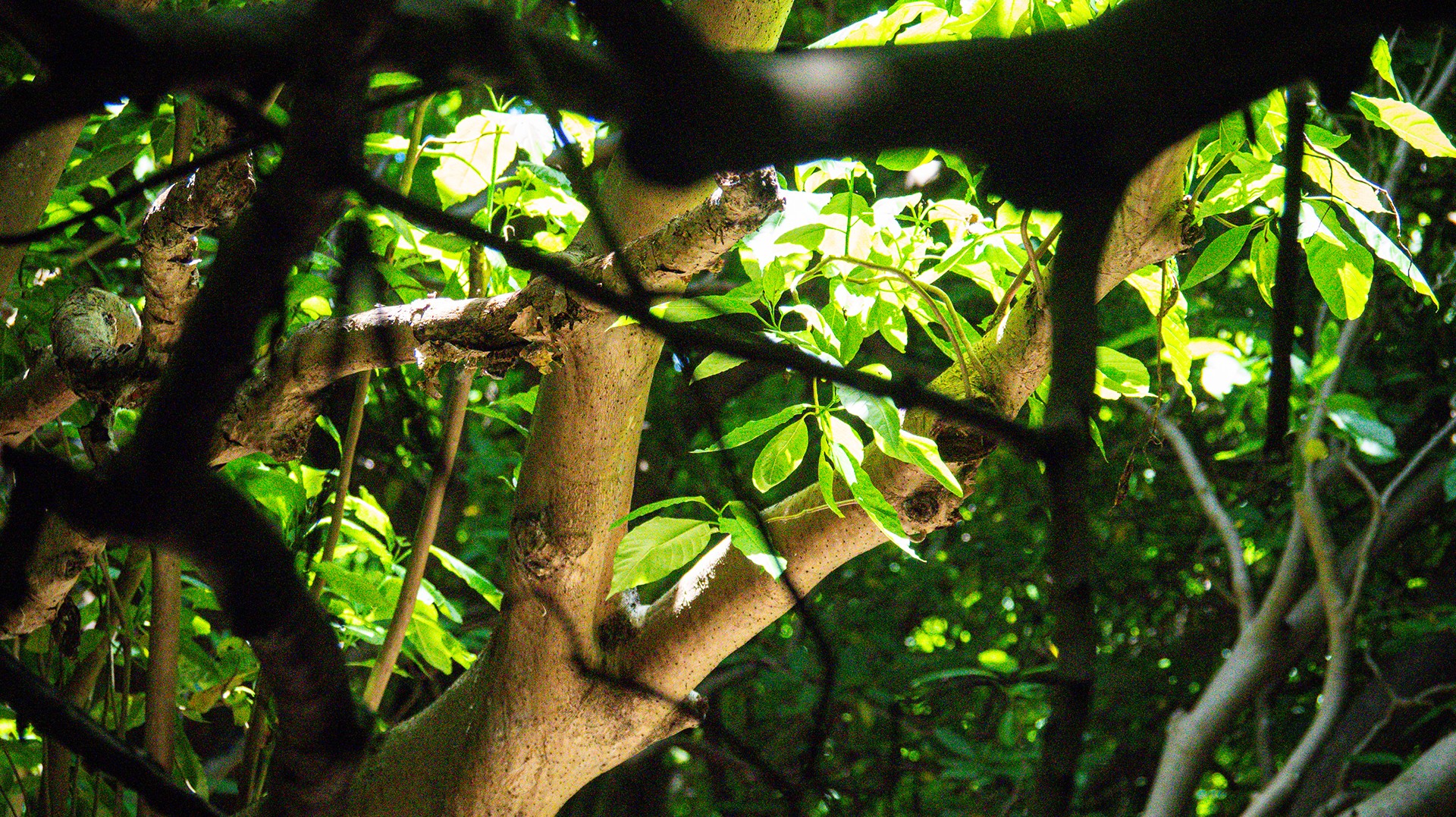
Island Conservation and partners have published a new paper quantifying ecosystem resilience on restored islands!
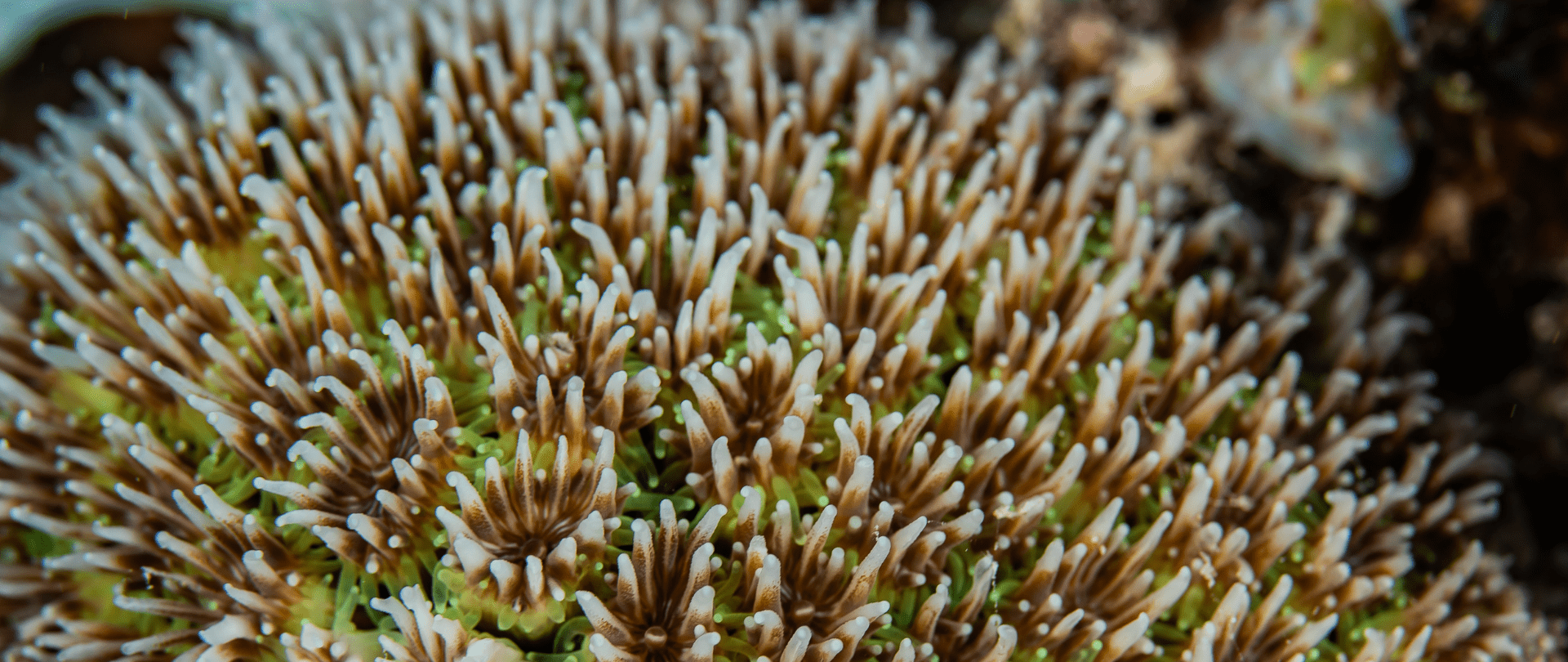
Climate Week NYC: what is it and why is it important? Read on to find out why Island Conservation is attending this amazing event!
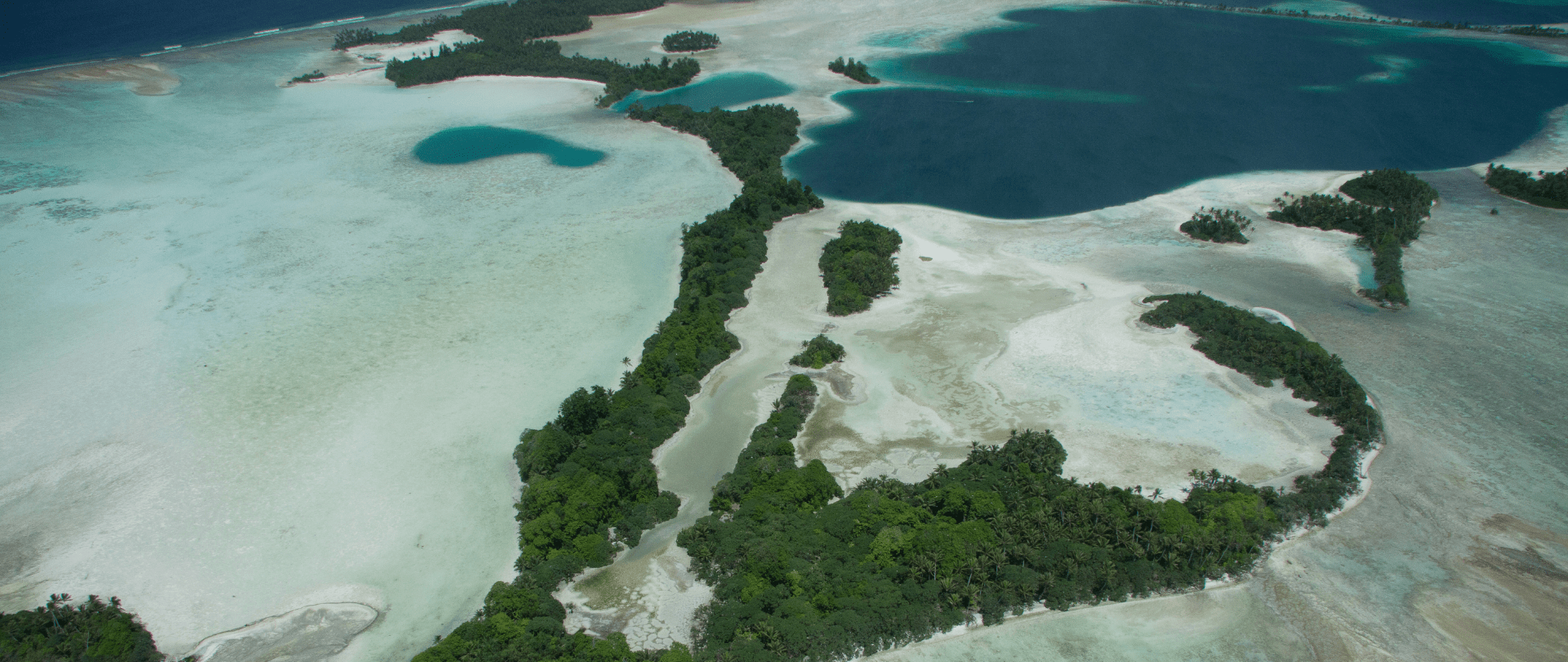
With sea levels on the rise, how are the coastlines of islands transforming? Read on to find out how dynamic islands really are!
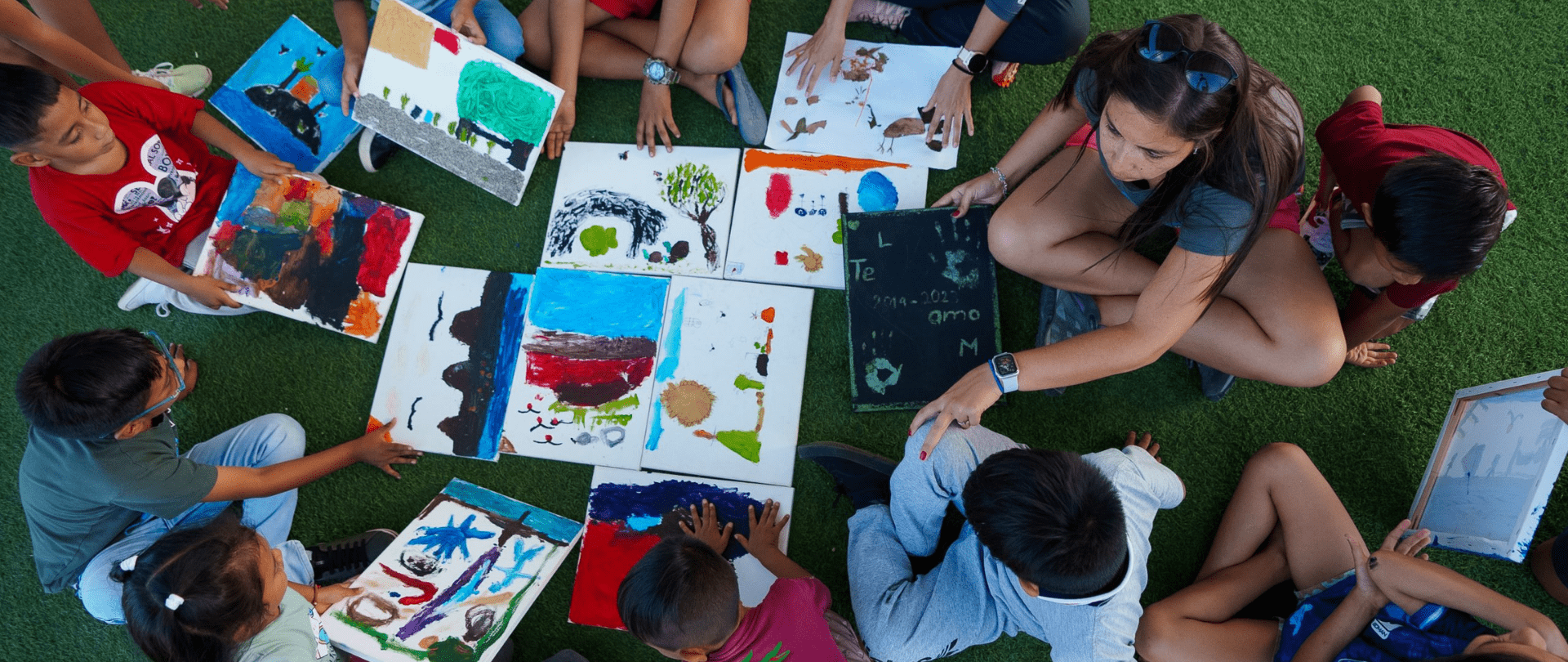
Join us in celebrating the most amazing sights from around the world by checking out these fantastic conservation photos!
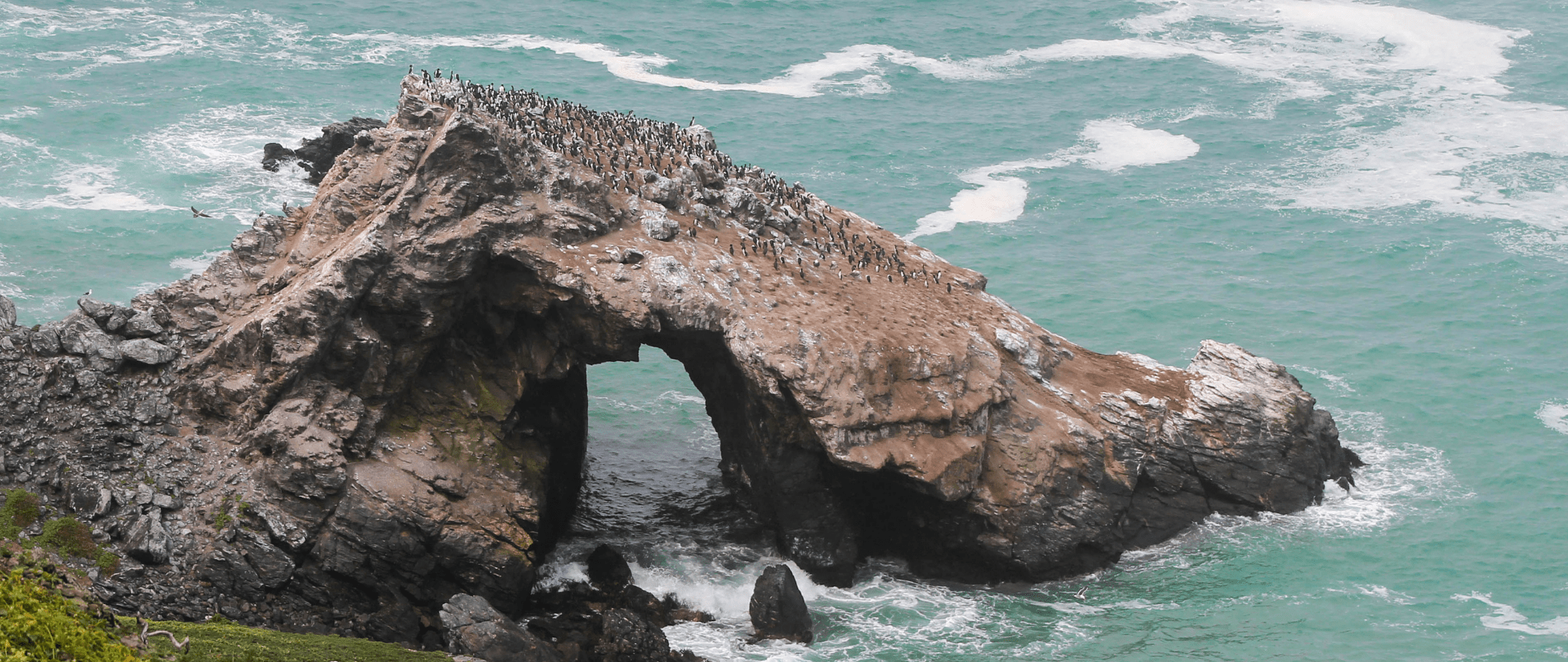
Rare will support the effort to restore island-ocean ecosystems by engaging the Coastal 500 network of local leaders in safeguarding biodiversity (Arlington, VA, USA) Today, international conservation organization Rare announced it has joined the Island-Ocean Connection Challenge (IOCC), a global effort to…
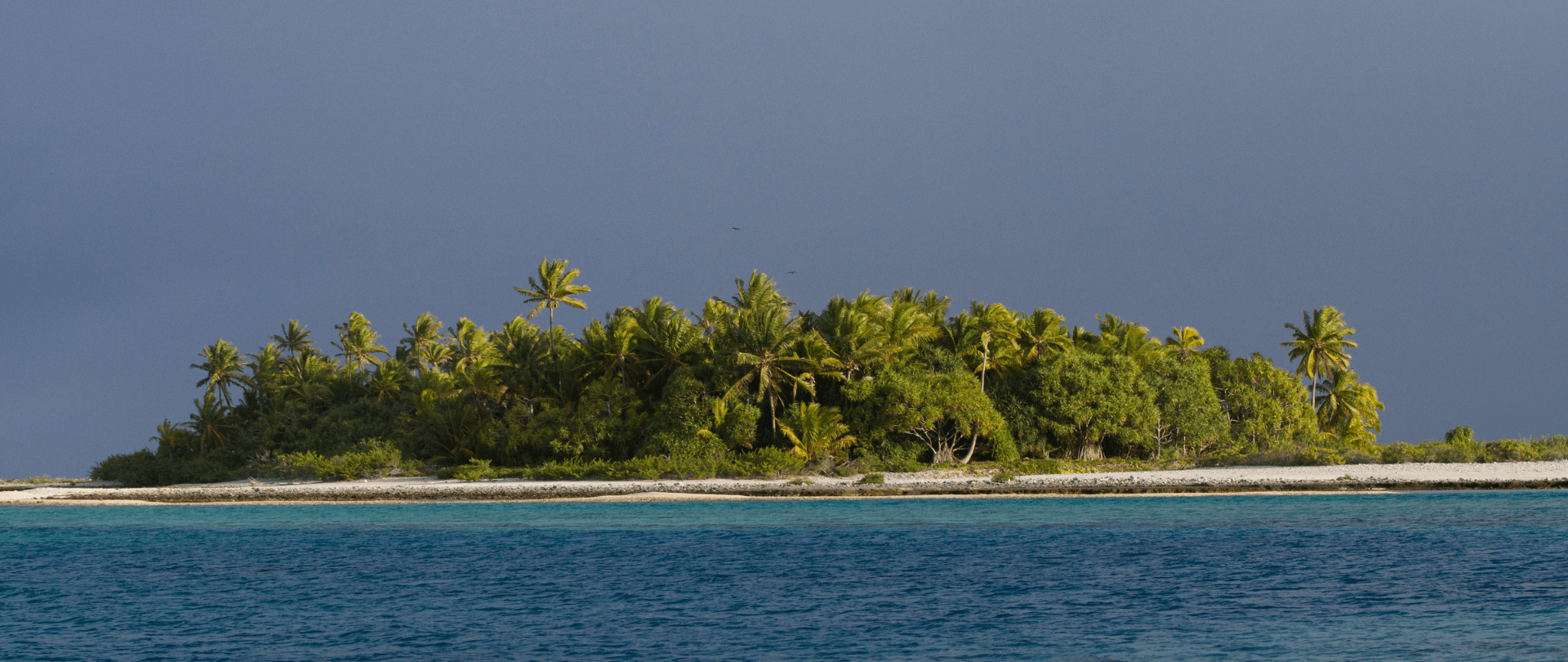
Island Conservation accepts cryptocurrency donations. Make an impact using your digital wallet today!
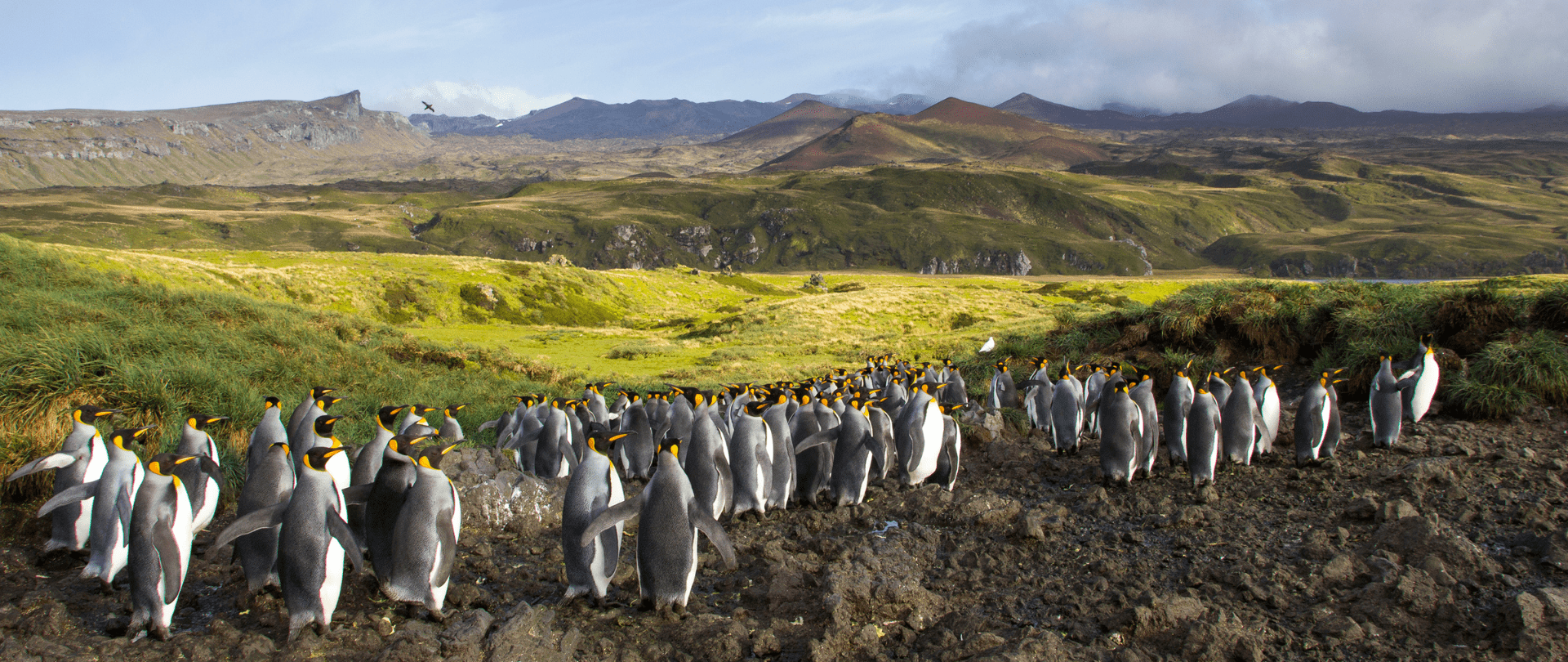
For Immediate Release Conservation powerhouse BirdLife South Africa has joined the Island-Ocean Connection Challenge (IOCC) – a global initiative aiming to restore, rewild and protect islands, oceans and communities – to support its work to save internationally significant albatross populations…
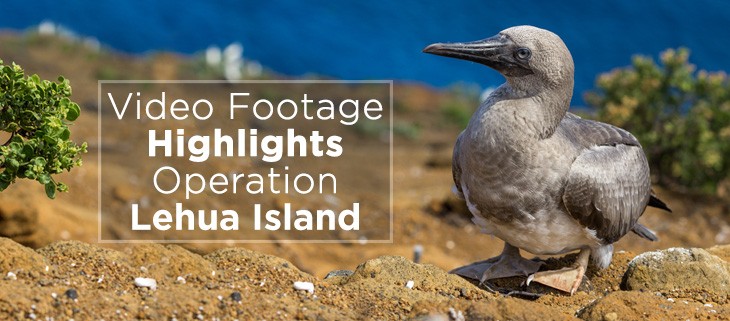
Video captures insights and hopes from the partners who are working to restore Lehua Island, Hawai’i. In 2021, Lehua Island officially became free from the threat of invasive rodents. This is a huge accomplishment that has enriched the region’s biodiversity…
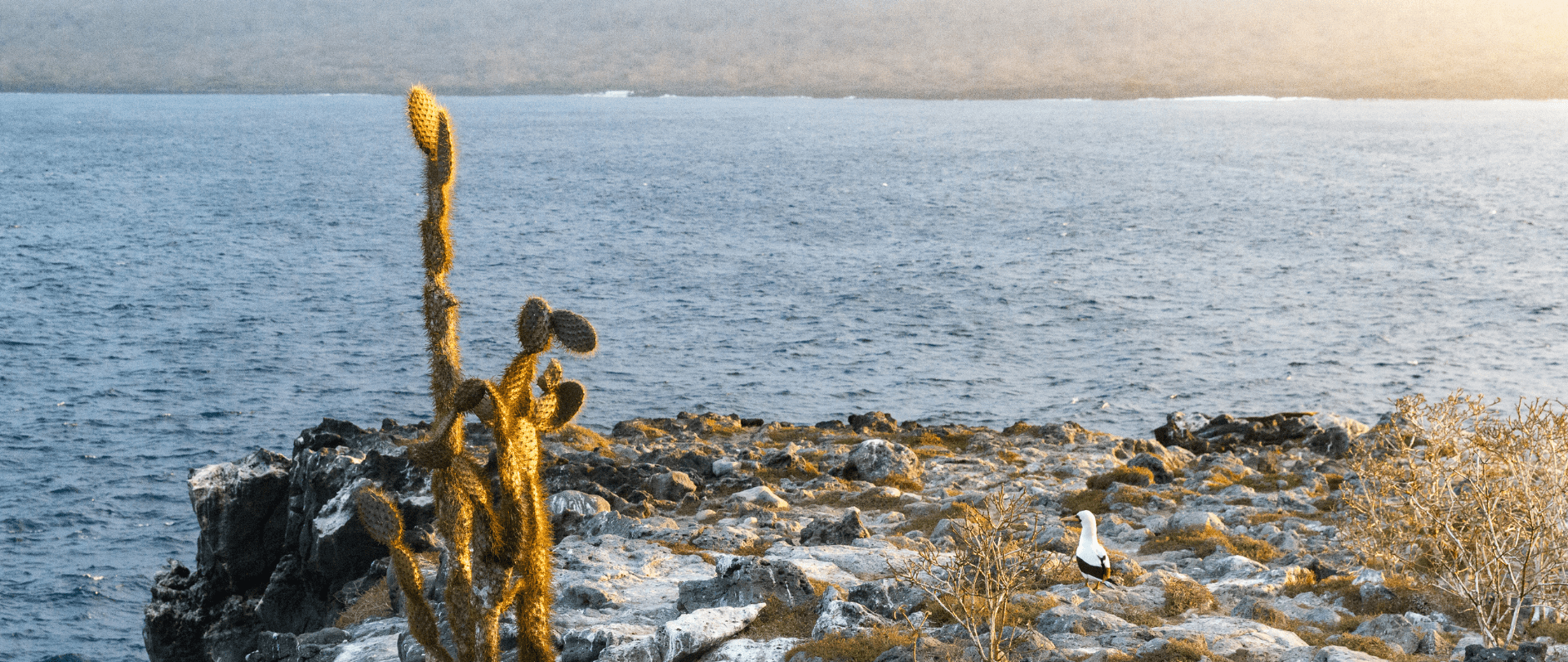
Carolina Torres describes how the project to restore and rewild Floreana Island signals hope for a future where people and nature can thrive together in the Galápagos.
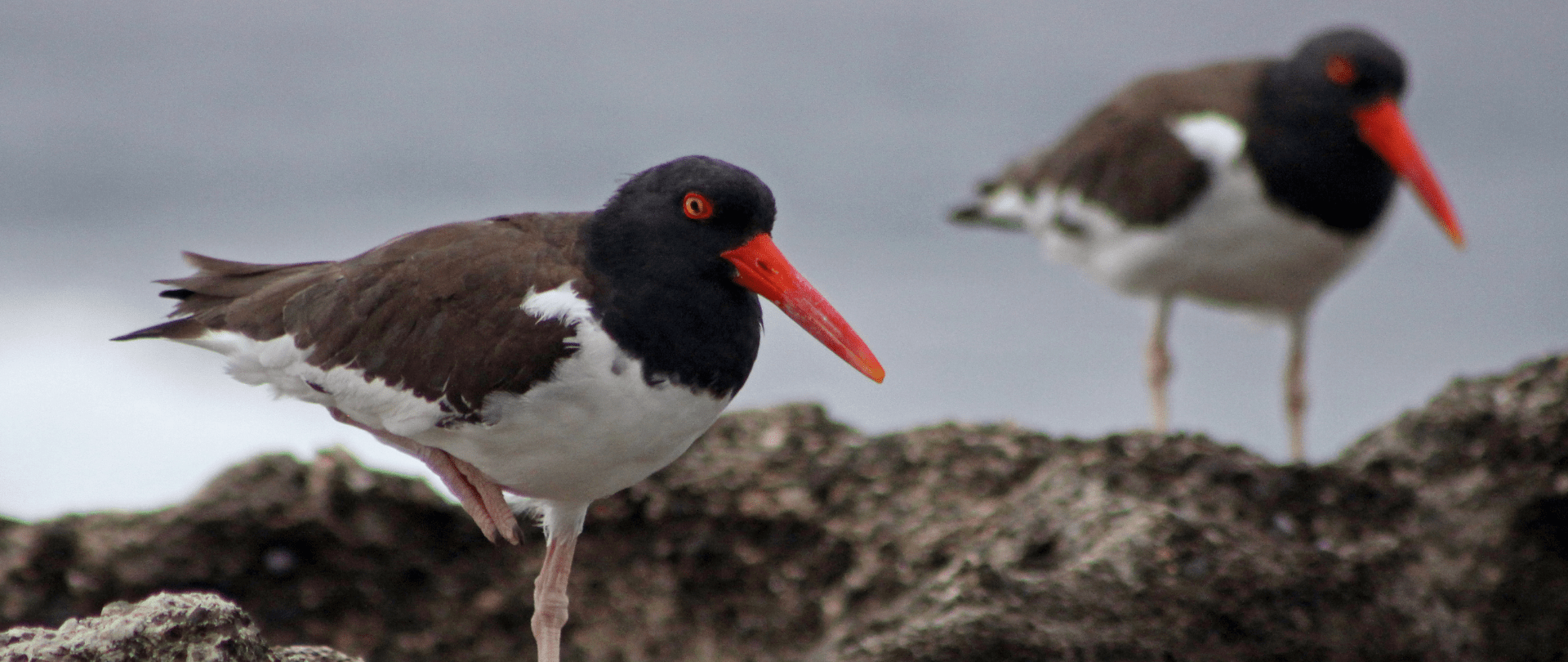
A new plan to restore seabird habitats in areas affected by the Deepwater Horizon disaster includes invasive species removal.